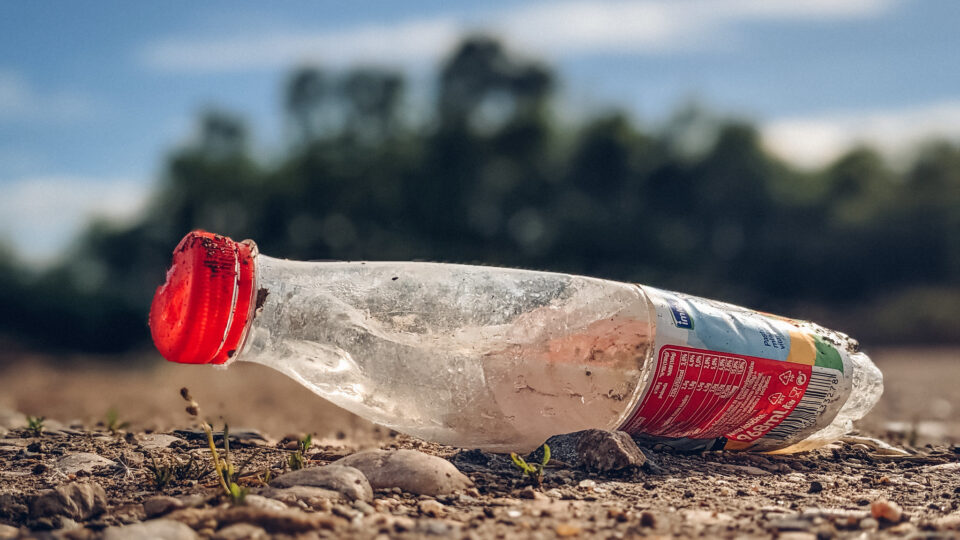A recent report from several environmental organizations shows that plastic recycling rates in the U.S. have actually declined in the last several years from about 8.7% of discarded plastic to less than 6%. Meanwhile, since 1980, per capita plastic waste generation has increased 263%, totaling 218 pounds of plastic waste per person as of 2018.
Diminishing recycling rates don’t necessarily indicate a lack of interest by the public. Plastic recycling is a complicated process. There are multiple types of plastic that can’t be intermingled and there are no simple and sustainable ways to recycle many forms of plastic. On top of that, the declining recycling rate also reflects the fact that we no longer can export our plastic waste to countries like China and Turkey, which have banned U.S. waste imports.
Recycling in general is a successful practice. Paper recycling rates are around 66% as of 2020. Cardboard recycling was at 88.8% in 2020, and metal recycling rates range from 27% to 76%, depending on the type of metal. Glass recycling rates are a little over 30%. Only plastic recycling has never reached 10%, even before shipping our waste overseas and declaring it to be recycled was going on.
According to environmental organizations focused on the global plastic problem, there is no circular economy of plastics. Perhaps if truly biodegradable plastics became practical, economical, and widely utilized, the situation would be different. As things stand, the only solution is to reduce the production, use, and disposal of plastics.
**********
Web Links
Plastics Recycling ‘Does Not Work,’ Environmentalists Stress as U.S. Recycling Rates Drop to 5%
Photo, posted May 13, 2021, courtesy of Ivan Radic via Flickr.
Earth Wise is a production of WAMC Northeast Public Radio.
